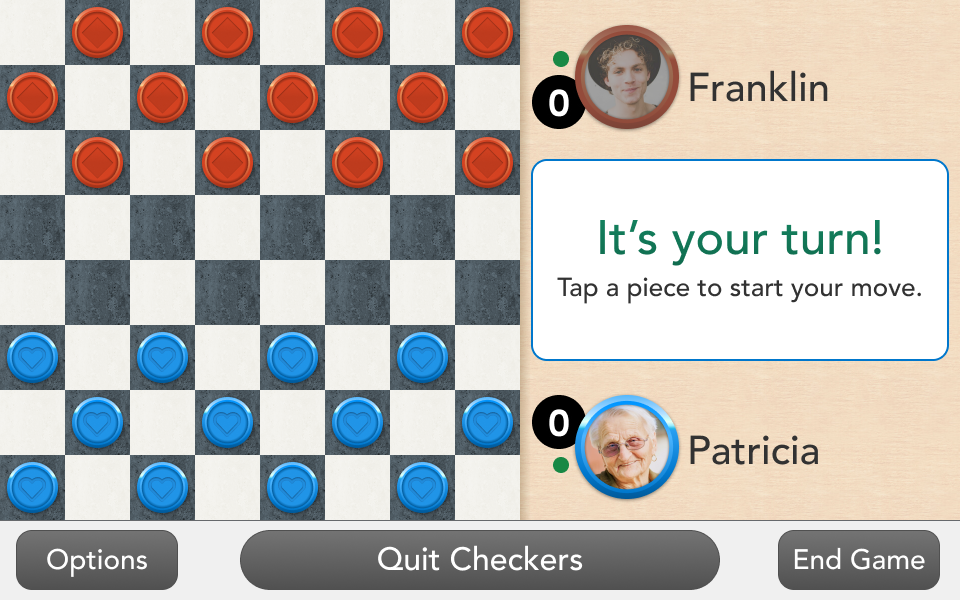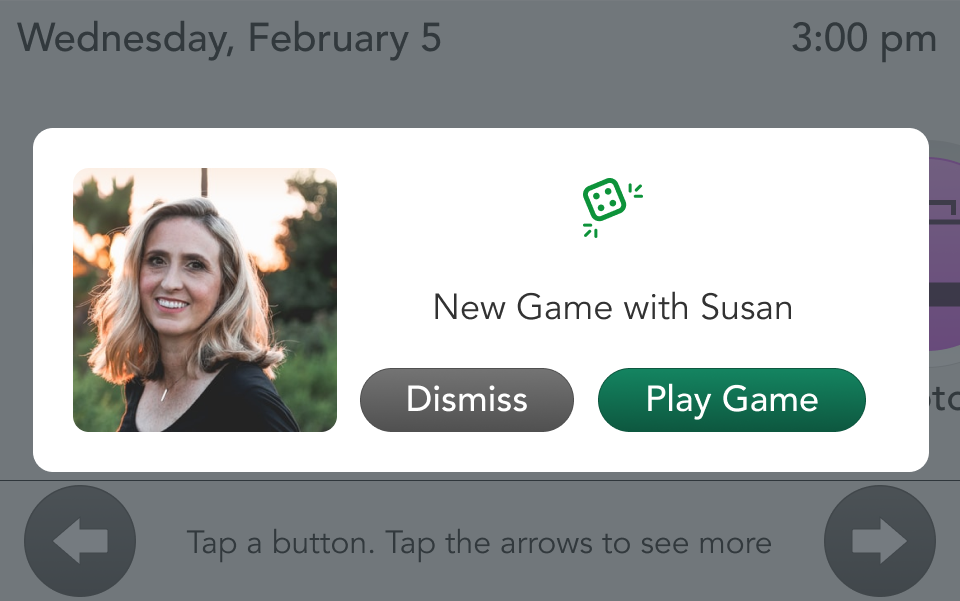Rethinking Multiplayer Gaming for Seniors
Bringing Family Game Night Online
Overview
Seniors often face barriers to connecting with family, especially when distance is a factor. While technology can help, most multiplayer games are built for younger audiences and lack accessibility features for older users.
Goal
This project aimed to create an intuitive, engaging multiplayer experience for seniors and their families, making connection through play effortless.
As Product Designer, my focus was on designing a seamless, easy-to-navigate interface that made gameplay enjoyable and interactions meaningful.
Role
Product Designer
Tools
Figma, Adobe Creative Cloud
Year
2022
Interviews
To understand how seniors and their families engage with multiplayer games, we conducted 10 user interviews—4 with senior users and 6 with companion users (family members who play with seniors). We focused on uncovering their game preferences, pain points, and motivations for playing.
Key findings shaped our design decisions:
Turn-based play was preferred over real-time, allowing for flexible, asynchronous engagement.
Companions were the primary game initiators, making an effortless invite process essential.
Video calls and gaming together were highly requested, leading to the development of an integrated chat feature.
We used these insights to refine core interactions. The invite system became a one-tap process with familiar profile pictures, the game was designed around turn-based mechanics, and a chat feature was integrated to enhance social connection. Accessibility improvements, such as larger fonts and higher contrast, ensured seniors could navigate the interface comfortably.
Surveys
To complement the interviews, we conducted an online survey with 25 participants. The survey combined multiple-choice, Likert scale, and open-ended questions, allowing us to gather both broad trends and specific user feedback.
From the responses, three major themes emerged:
Ease of use was the biggest barrier—many seniors found existing game interfaces overwhelming.
Companions needed a simple way to start games, as they were often responsible for inviting seniors.
Social interaction was just as important as gameplay, reinforcing the need for integrated communication tools.
These insights directly influenced our design approach. We simplified navigation to reduce cognitive load, built an intuitive invite system, and added chat functionality to support social interaction. Usability testing ensured these features were accessible and easy to use for seniors.
By grounding the design in real user feedback, we created a multiplayer experience that fostered connection while remaining intuitive for all players.
“I play games with my [super senior] mother around the kitchen table every day - it’s actually when we talk the most.”
“I don’t want to bother my grandchildren with games while they’re busy. ”
Inviting users: Easy and fun invitation process to play, allowing users to see recent games in progress and start new ones
Instructions: Accessible guidance placed front and center, providing context and reducing cognitive load
Notifications: Personalized player invitations displaying photos and names for easy identification
Easy to Play: Onscreen elements were reduced into a menu for mobile users, so companions can play and engage from anywhere
Customer Testimonials
-
We all love sharing pictures and video chatting with Grandma! My kids also love playing chess and checkers with Grandpa and their aunts and uncles, even from far away. Brilliant! Thank you!
GrandPad Customer
-
Thank you for giving the grandkids a way to play checkers and chess with their grandpa, even from far away! He was in the hospital, and GrandPad games cheered him up.
GrandPad Customer
-
My granddaughter calls me every morning to say hello and most nights to play a game or two of checkers. It’s such a joy to stay connected and share these moments together!
Super Senior
Final Thoughts
The success of the multiplayer gaming launch led to its expansion across additional games.
The multiplayer feature significantly increased user engagement, reinforcing the value of accessible, social gaming for seniors.
35% increase in total time spent gaming after launch.
Hundreds of daily players, with an average of 2–3 checkers games per user per day.
60% of games initiated by family members, confirming the need for a seamless invite system.
By focusing on ease of use, accessibility, and social connection, the project successfully met its goal of fostering meaningful interactions between seniors and their families.





